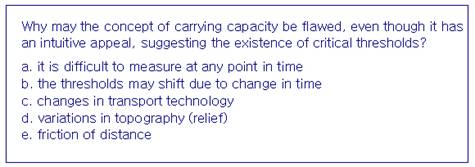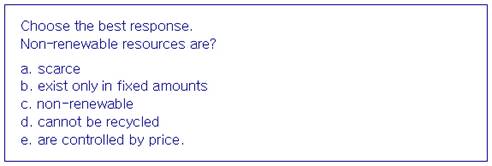Section 4: Writing effective objective questions
This section aims to give you some example of problem questions and helps you to identify the problems. Analyse each question and try the multiple response exercise to find out what the problems are. Note that each question may have more than one possible answer.
It may help to consider the following
What's the answer to the question?
How did you arrive at the answer?
Was this what the question intended to test?
How easy or difficult is the question?
Is this for the reason that the author intended?
1 |
Question 1
|
2 |
Question 2
|
3 |
Question 4
|
4 |
Question 5
|
5 |
Question 6
|
6 |
Question 7
|








